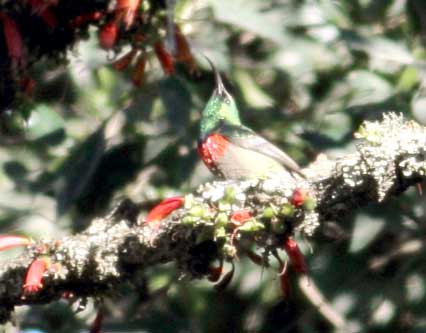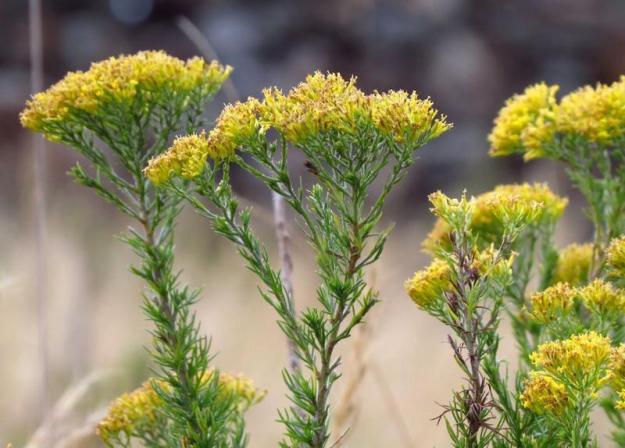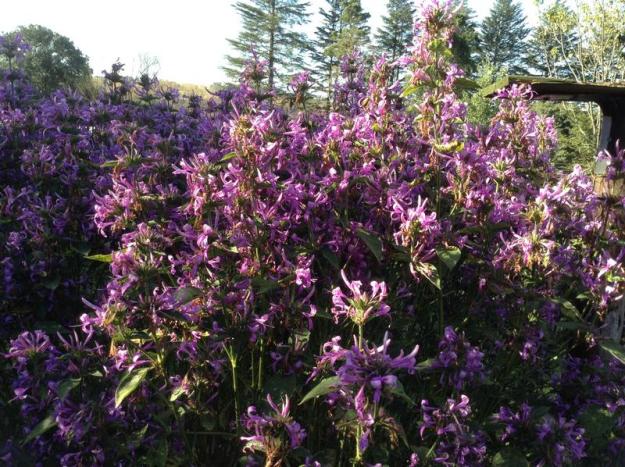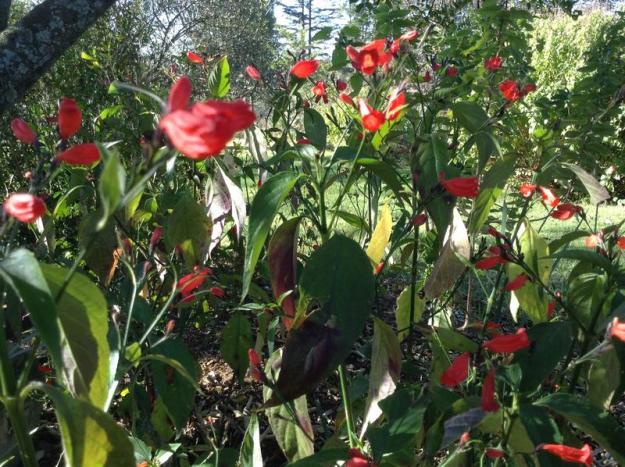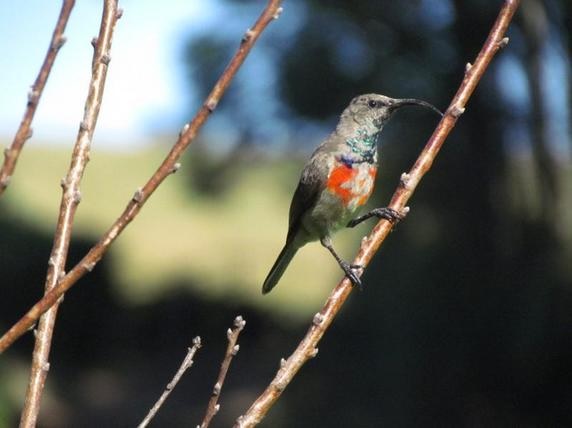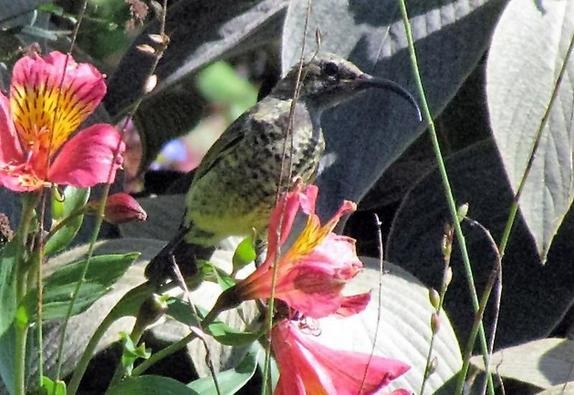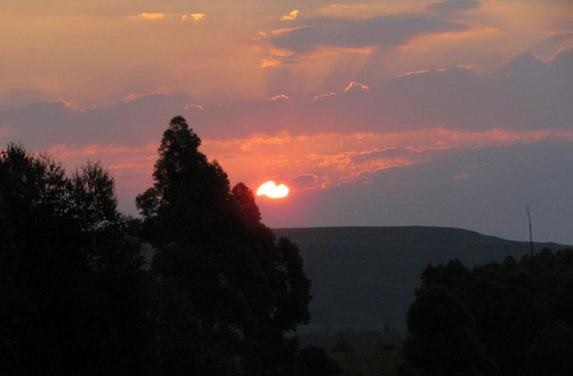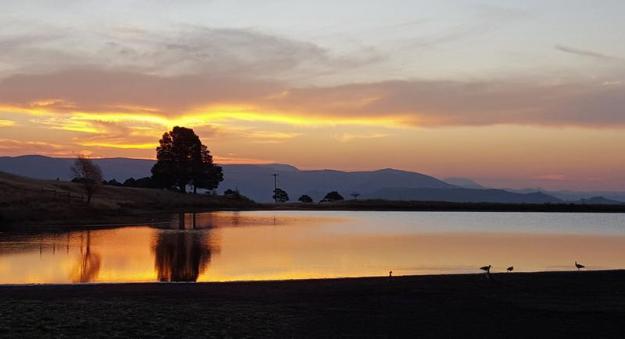Christeen Grant of Sitamani
May has been a Furry-beasties, Ferns and Fungi month. A light overnight snowfall dusted the mountains on the 1st May.

Winter chill, fairly frequent frosts, not much rain but a few damp days and in between smoky sunsets from tracer-line burning.

Cool winter skies with beautiful prefrontal cirrus cloud effects. The grass and ground are very dry for this time of year, and the water table is very low.
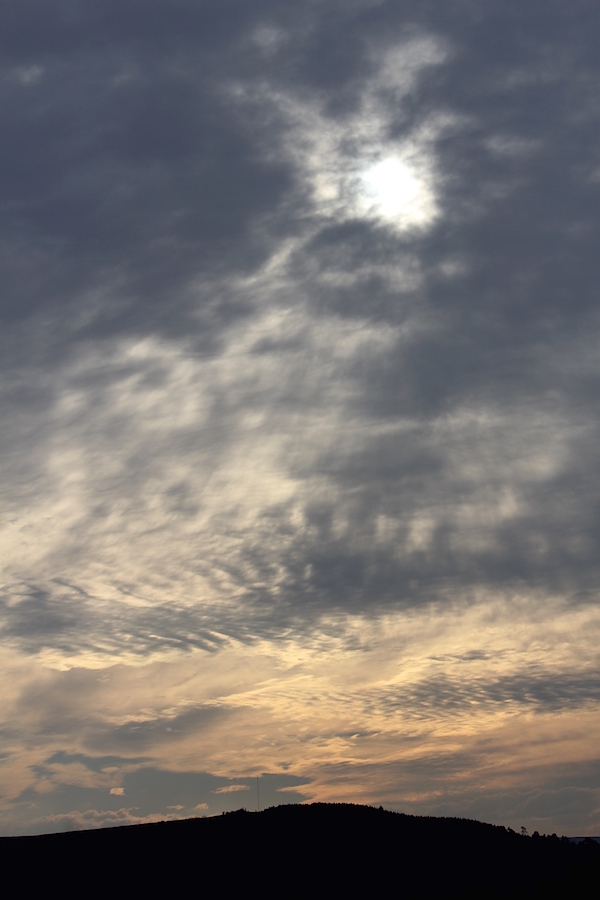
At last I have managed to take a photo of the very dear Lesser Savanna Dormouse, one of two in residence… albeit with a cell phone and not a good one, I just hoped I’d captured it in the dark… It had found an unopened packet of peanuts and raisins, tore a hole in the packet and was delightedly eating, making contented chirpy noises at about two in the morning… I know they will have to be relocated, just haven’t the heart to turf them out into winter. All foodstuff has to be carefully put away otherwise it is nibbled.

The Lesser Savanna Dormouse, Grahiurus kelleni, is only 14cm in length, 6cm of that being the tail. They are definitely nocturnal in habit, extremely agile climbers, scampering up and down furniture and curtains. They eat insects, plant material, seeds and in a house love fruit, bread, cake and almost anything they can find. They are frequently found in association with man-made structures. According to literature local species are supposed to hibernate, or become less active in winter. No one told these two!
The Duiker family, Bushpig and Vervet Monkeys all enjoy the fallen Pin Oak acorns along the driveway.
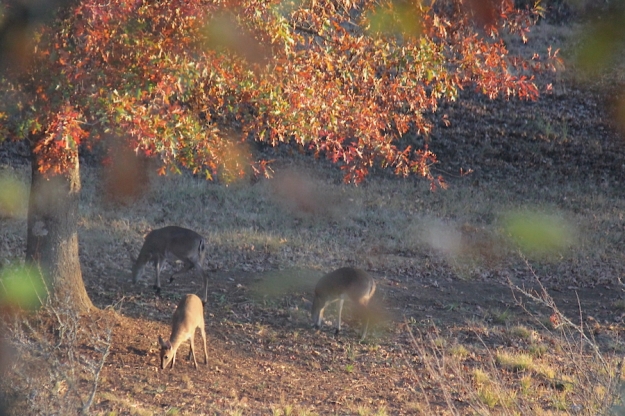
Birds flock to the birdbath on the verandah and the one in the garden, often needing a refill by early afternoon. I spotted a juvenile Black-headed Oriole, with dark flecks on his yellow breast. Cape Crows; Dark-capped Bulbuls; Cape Robin-chats; Cape White-eyes; Black-backed Puffbacks; Speckled Pigeons; Amethyst Sunbirds; African Stonechats and the call of a Fish Eagle from the valley. A small nest was exposed when the leaves turned and fell from the Japanese Maple tree.
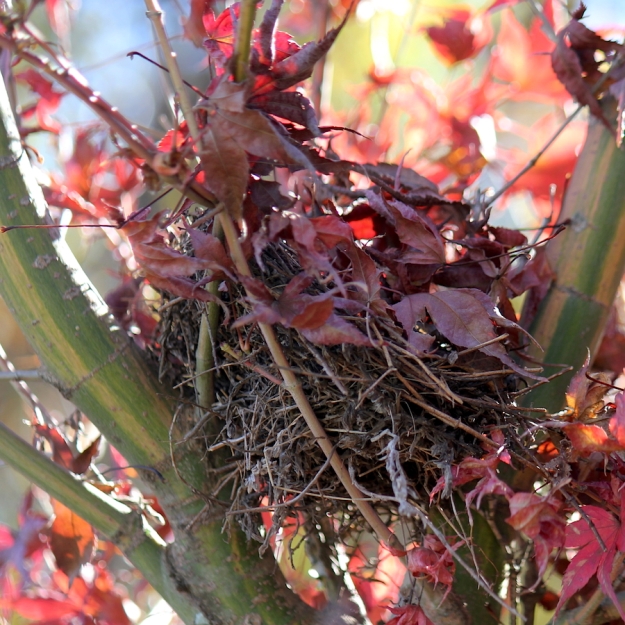
Very interesting Fungi were spotted after a sprinkle of rain and misty conditions. I observed the unfurling of two different fungi; Blusher, Amanita rubescens and The Miller, Clitopilus prunulus; also seen were a False Earth-star and an unidentified, 20mm high mushroom.
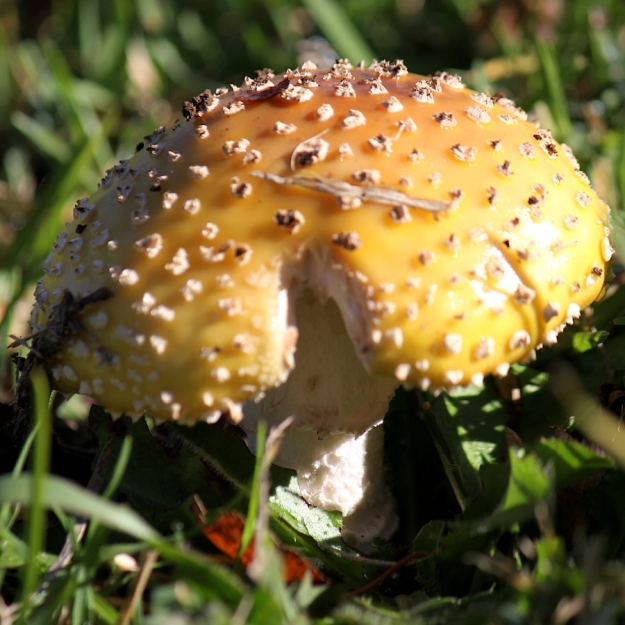
Blusher – Amanita rubescens
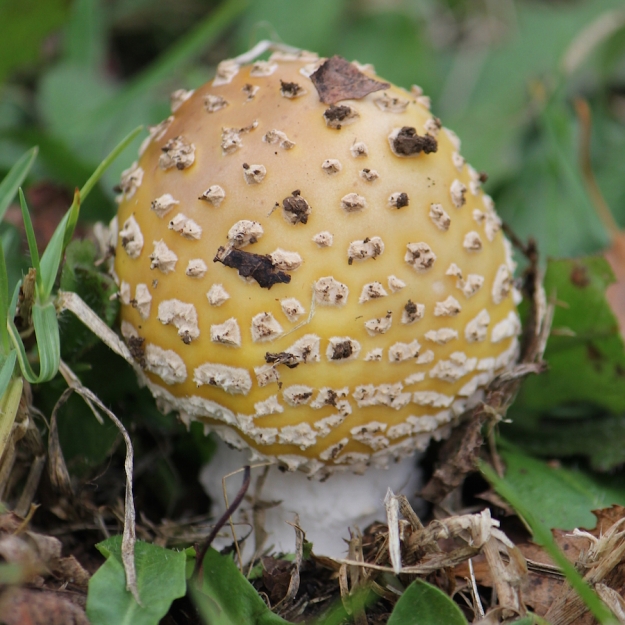
Blusher – Amanita rubescens
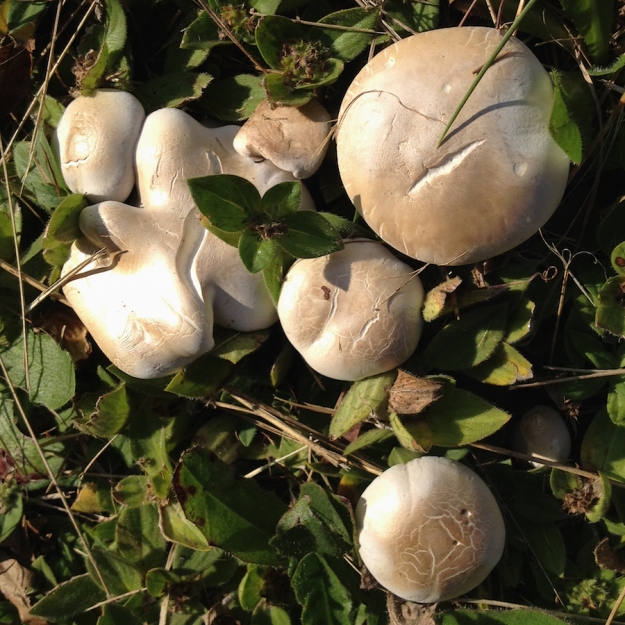
The Miller – Clitopilus prunulus

The Miller – Clitopilus prunulus

False Earth-Star
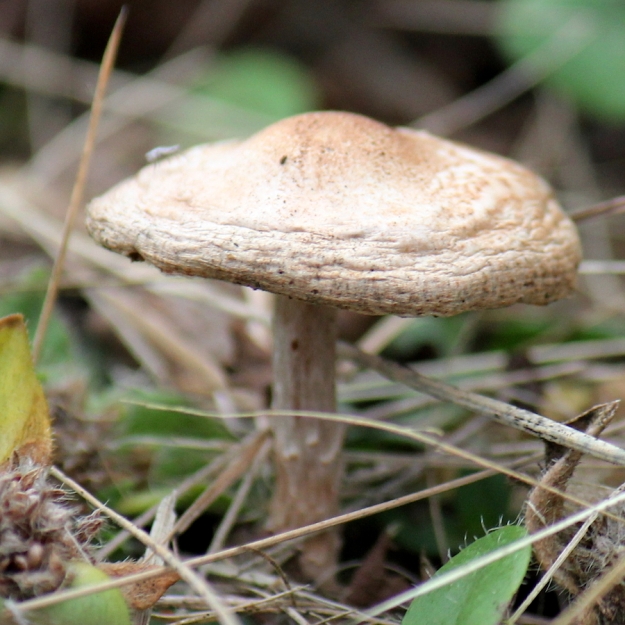
Unidentified fungi
The Fern Allies species Lycoodium clavatum had many strobili, cone-like structures that bear the spores. Two ferns seen, though browning off quickly in the dry weather, were; Cheilanthes involuta var. obscura and Mohria nudiuscula.
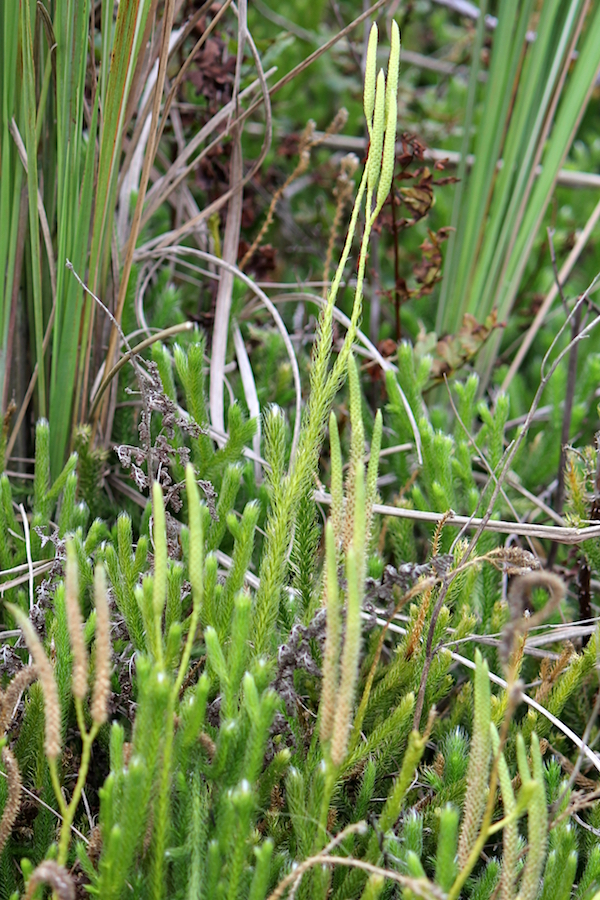
Lycoodium clavatum
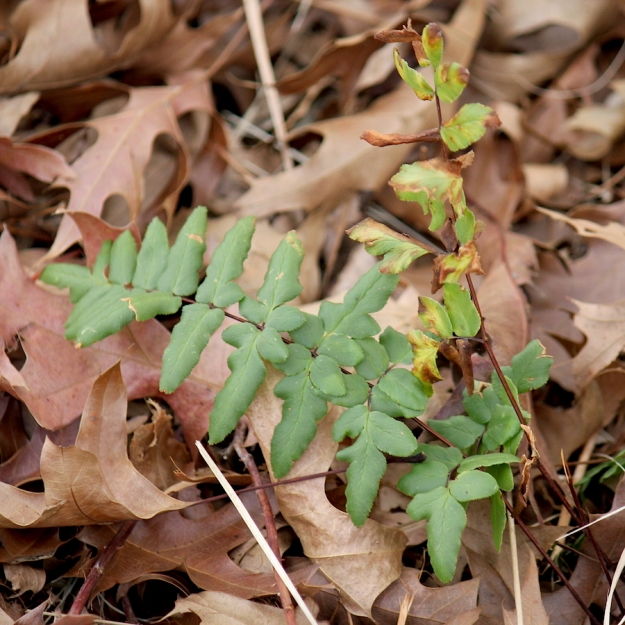
Cheilanthes involuta var. obscura
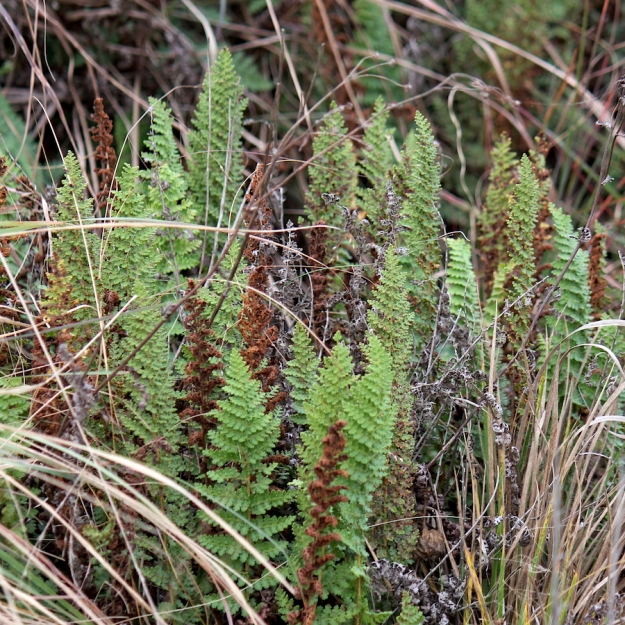
Mohria nudiuscula
Almost all the flowers are over, all that remains are the dried bracts like those of the Berkheya setifera; or seeds of Plectranthus calycina;

Berkheya setifera
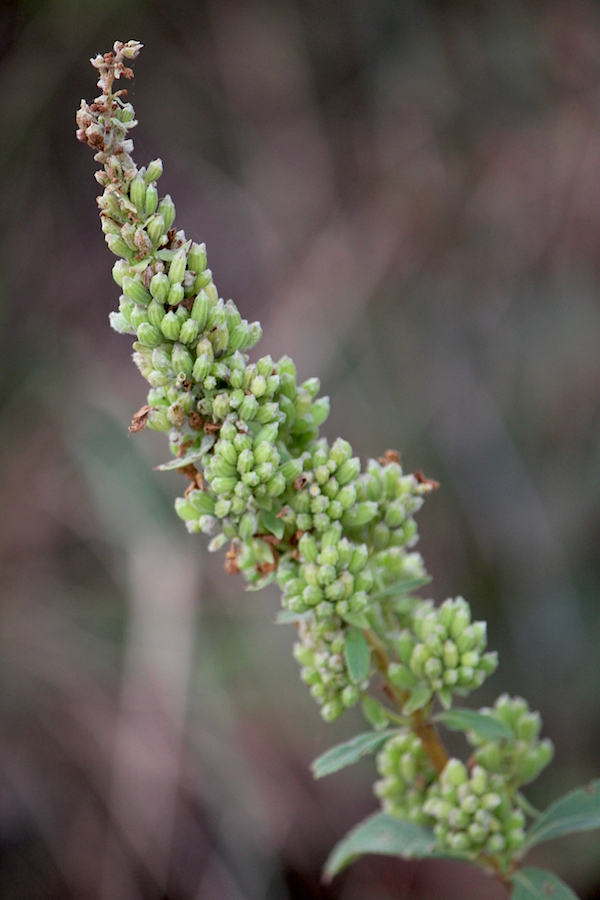
Plectranthus calycina
there are however a few hardy ones still flowering, Senecio madagascariensis and Stachys aethiopica.
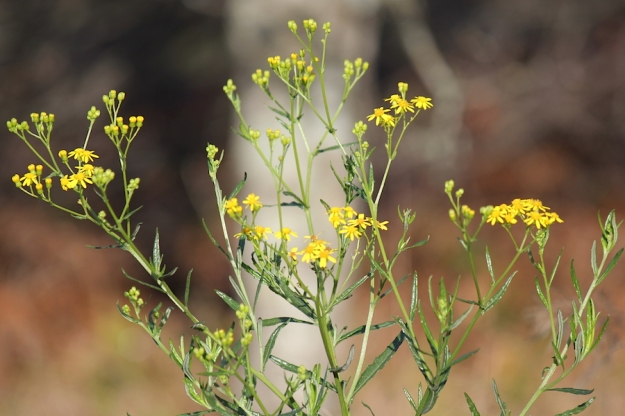
Senecio madagascariensis
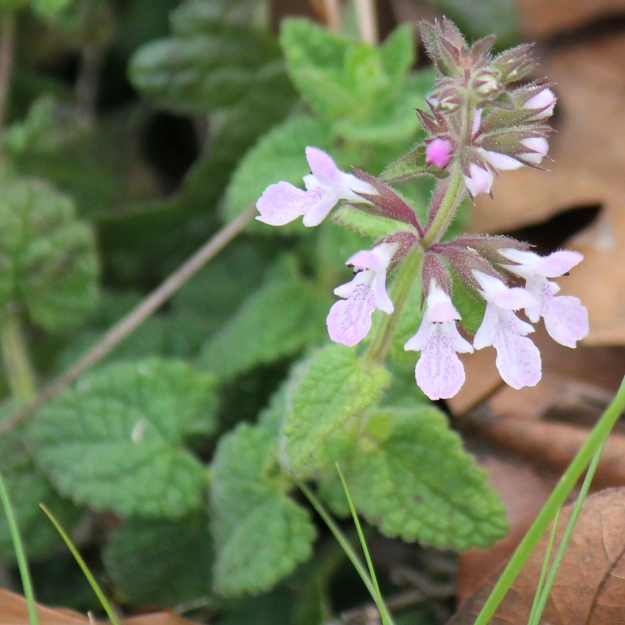
Stachys aethiopica
A few of the insects seen were: the tiny Common Blue butterfly; Giant Carpenter Bees; a tiny Grasshopper; Green Vegetable Bug, Nezara viridula; an unidentified Moth; very busy Paper wasps, Polistes fastidiotus; and a very small Twig wilter sp.
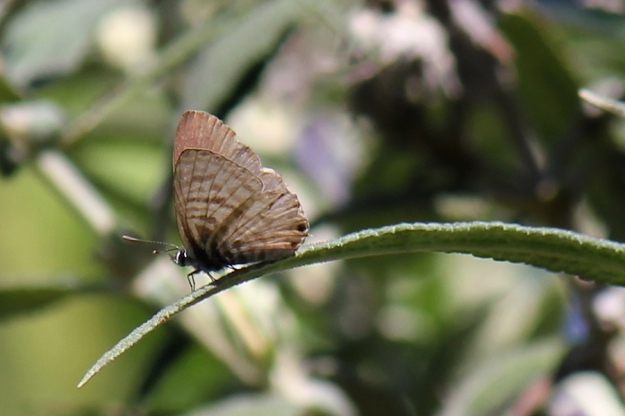

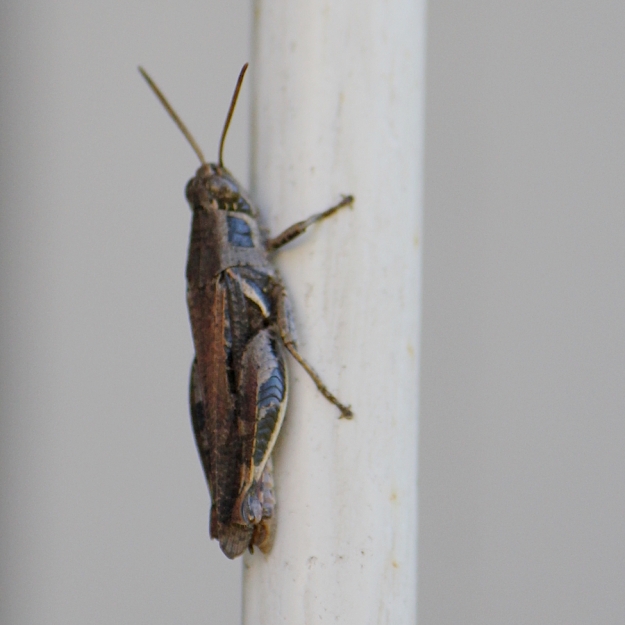

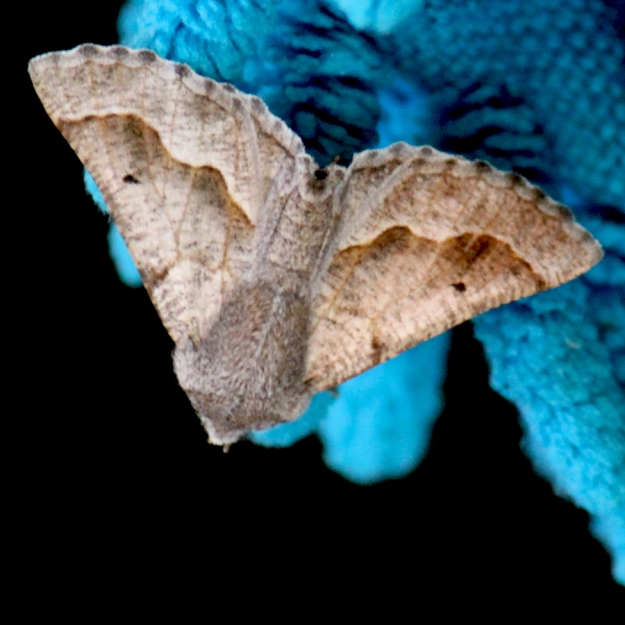
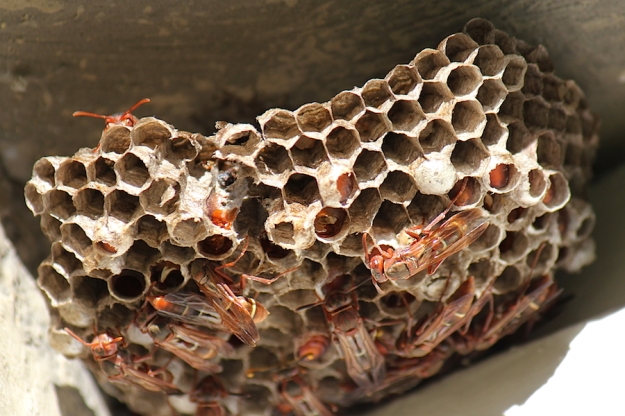
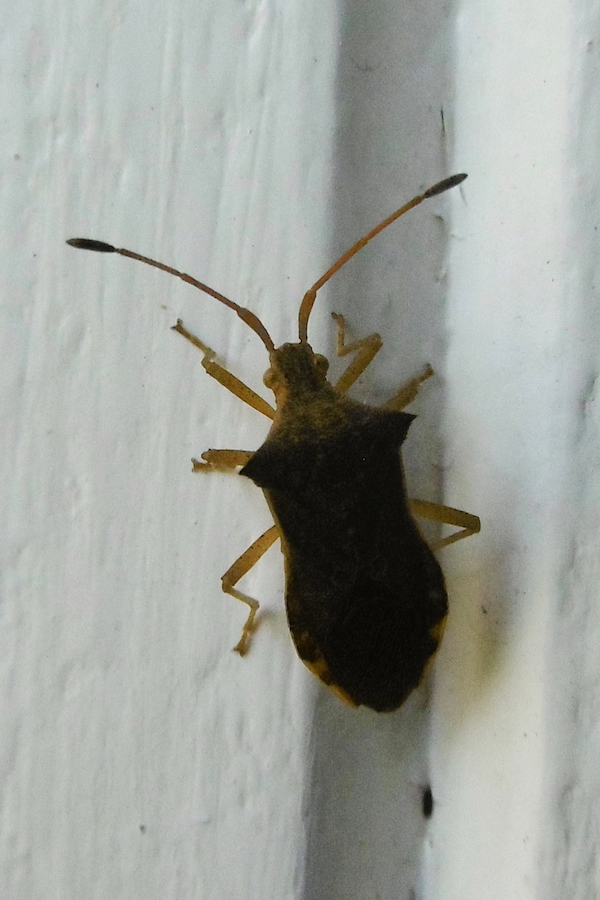
Crystelle Wilson of Gramarye
Once again my time in Boston was limited this month. While out birding, it was special to come across a bushbuck doe delicately walking on the side of the road.
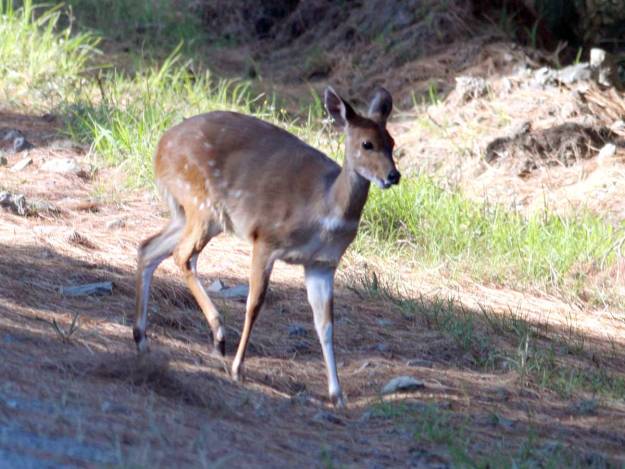
The drought continues to bite, which means that any time spent at the edge of dwindling dams are guaranteed to provide sightings of birds. The Red-knobbed Coot chicks are growing up
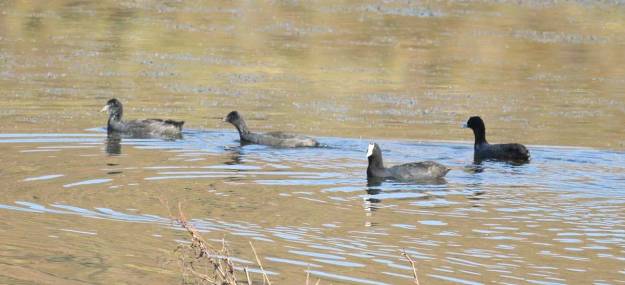
And the African Spoonbill was on its post as usual
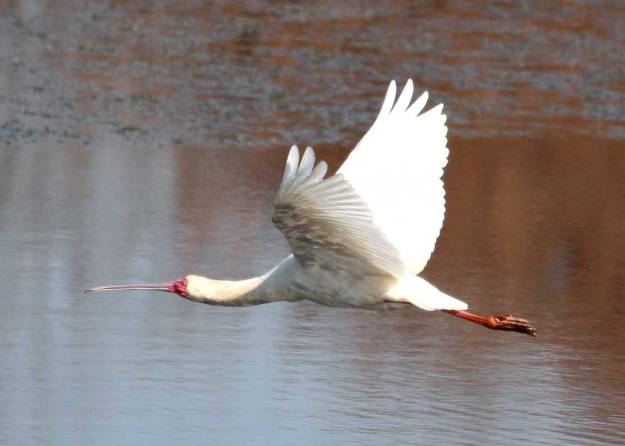
The atlas list for the Elandshoek pentad 2935_3000: White-breasted Cormorant, Red-collared Widowbird, Fan-tailed Widowbird, Southern Red Bishop, Secretarybird, African Fish-eagle, Grey Crowned Crane, Reed Cormorant, Cape Glossy Starling, Speckled Mousebird, Common Moorhen,

Southern Grey-headed Sparrow, Cape Sparrow, Pin-tailed Whydah, Long-crested Eagle, Olive Thrush, Black-headed Oriole, Cape Turtle-dove, Red-eyed Dove, House Sparrow, Helmeted Guineafowl, Village Weaver, Cape Wagtail, Cape White-eye, African Firefinch, African Stonechat, Common Fiscal, Greater Honeyguide, Red-knobbed Coot, White-necked Raven, Bokmakierie, Levaillant’s Cisticola, Malachite Kingfisher,

South African Shelduck, Blacksmith Lapwing, Brown-throated Martin, African Spoonbill, Egyptian Goose, African Sacred Ibis,
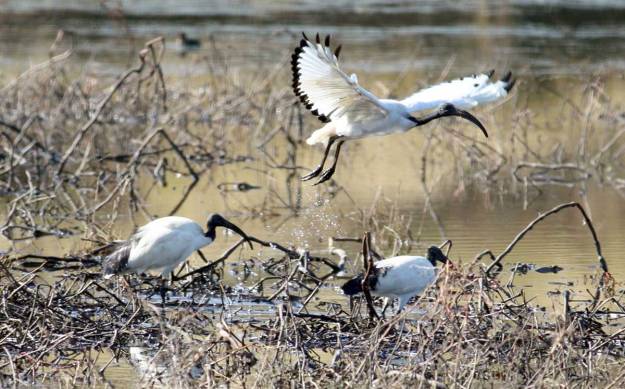
Little Grebe, Jackal Buzzard (juvenile),
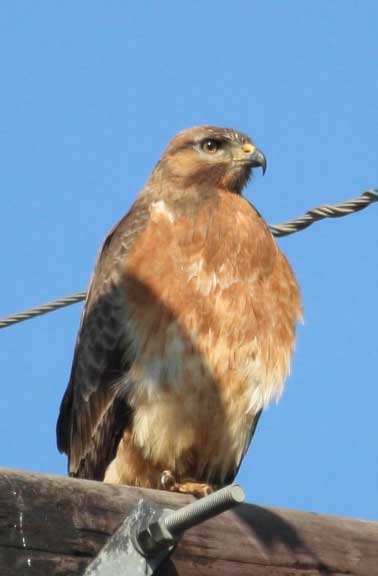
Black-headed Heron, Cape Robin-chat, Cape Canary, Fork-tailed Drongo, Southern Boubou,

Common Waxbill, Hadeda Ibis, Pied Crow, Red-necked Spurfowl, Yellow-billed Duck,
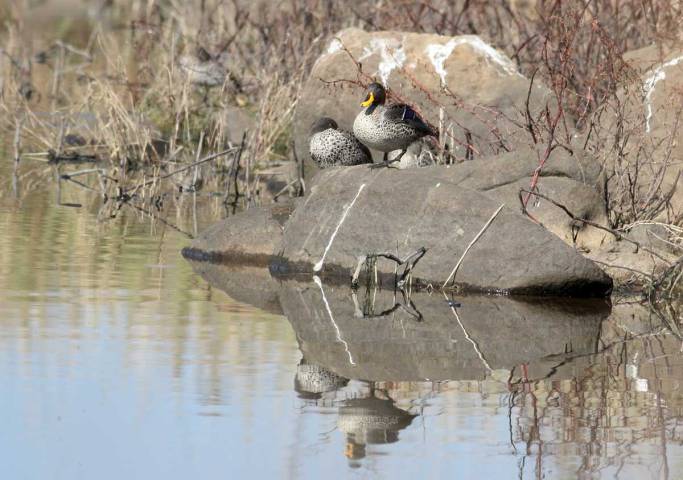
Dark-capped Bulbul, Cape Crow, Southern Double-collared Sunbird.
